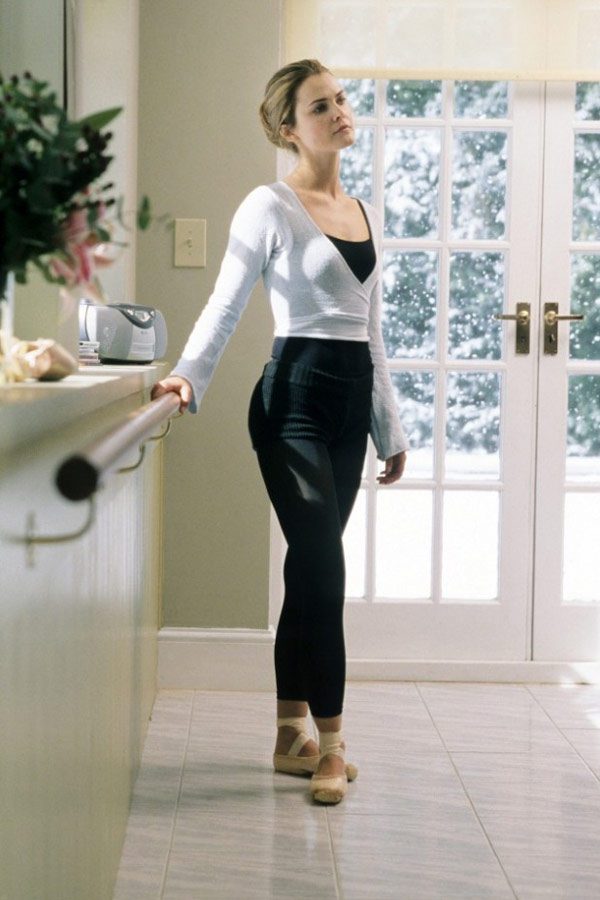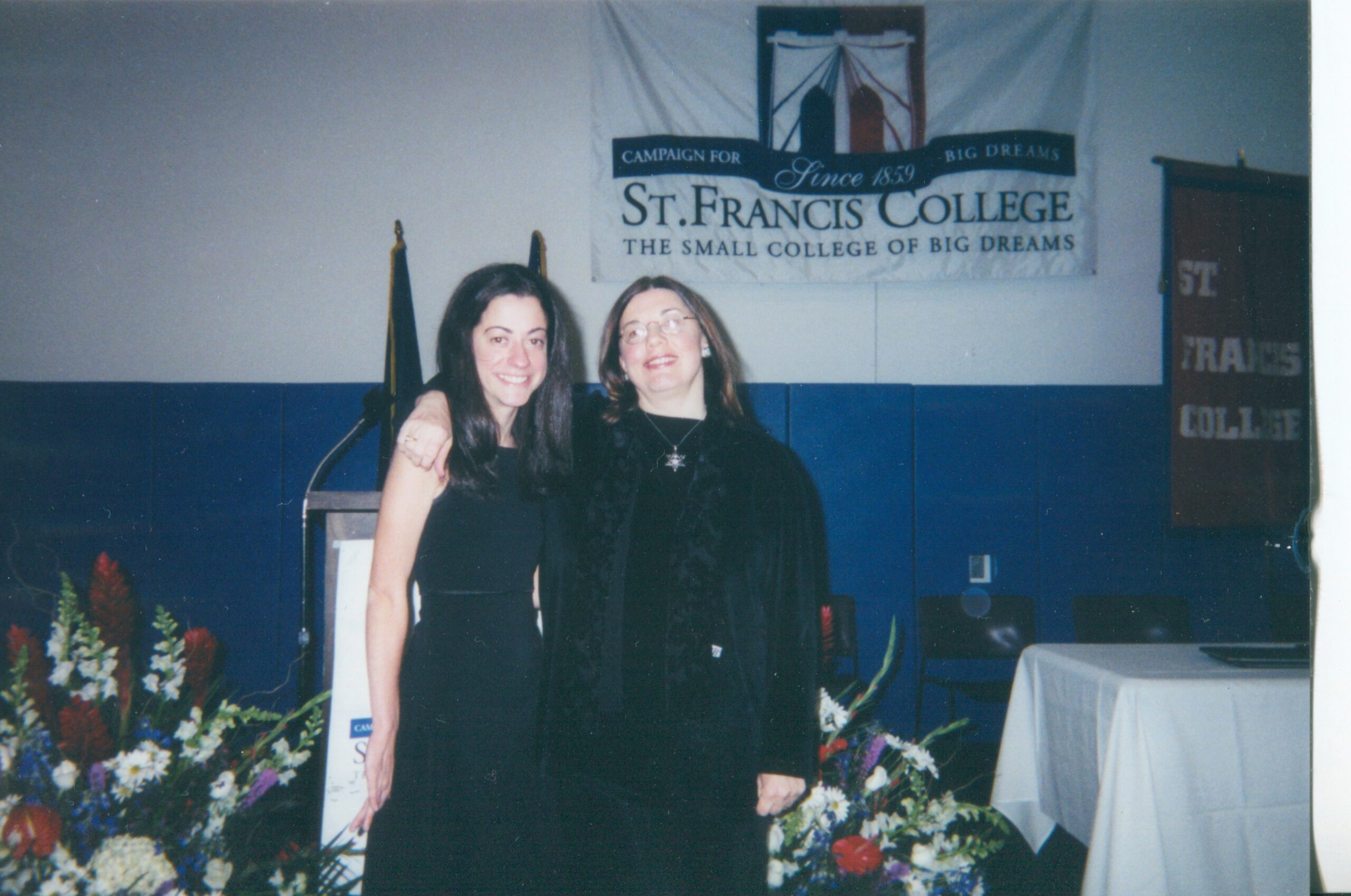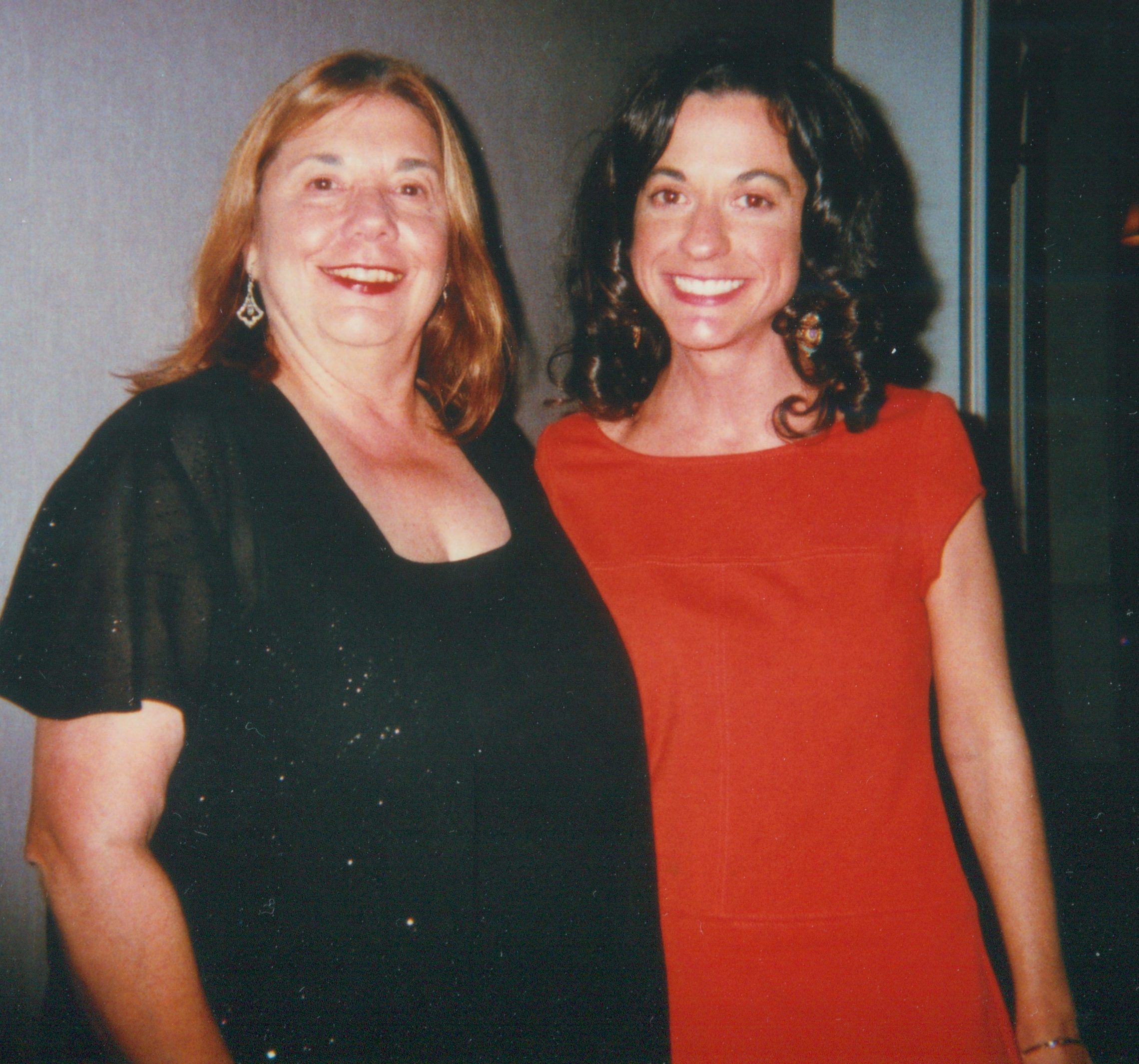
The Upside of Anger was released during the same year that I was recovering from my eating disorder. I saw it nearly eleven years ago, in Times Square, at the age of 24. Although critics dubbed it a romantic comedy, the part that deeply affected me was Emily’s battle with anorexia, which to me felt like the film’s main focus. I’d seen many forms of media touch upon the subject, but not quite in such a way that mirrored my own experience. Often eating disorders are portrayed as vanity issues alone. That was not my story and that was not Emily’s.
At the beginning of the film, Emily is a dancer who is seated at the dinner table with her mother and sisters. She was played by Keri Russell, who resembled a willowy flower. She looked much like the broken bird I am often compared to on my most fragile days.
“Are you eating?” her mother, Terry, said to her and she quietly responded yes.
“I want you eating,” Terry said, pointing to Emily’s plate. “I mean it.”
Although Terry spoke more tersely than my own mother, who confronted me about my anorexia only months earlier when she said, “You’re  trying to make yourself disappear,” the message was the same. I am your mother and I love you. I don’t want you to be sick anymore.
trying to make yourself disappear,” the message was the same. I am your mother and I love you. I don’t want you to be sick anymore.
In the film, Emily was introduced as a high school senior so it was unclear how long her eating disorder had been festering. Mine had begun when I was ten and I put on a few friendly pounds that left me with a rounder stomach than some of my more athletic classmates, a few of whom commented on my “thunder thighs” and “the dent in my chin” because my face was changing.
It was only my second year in a new school with these classmates. First, I’d been taken out of public school because of the divorce, and now, instead of living in one home where I got to wake up and see my mother and father, I was seeing my friends on their porches, called “stoops,” by Brooklyn natives, while I left with my mother to go to her new apartment for half of every week. There was something broken inside of me that I couldn’t understand or explain but it was temporarily alleviated by eating less and taking up running. Like if I kept moving the baby fat would disappear along with all of the feelings I had about not fitting in and constantly coming and going between two homes.
By age twelve, I could see in the bathroom mirror at my mother’s apartment that my flower-patterned shorts were nearly falling off of my twig-sized legs. I’m not going to say I liked being skinny as much as I enjoyed the fact that my body looked how I felt—small.
I’ve since read that children of divorce who viewed their original home positively are the ones who hunger for that time to exist again, and I know that was what was happening then. I was upset about my mother no longer being present in my childhood home doing the things she used to do that made it feel like one. Hanging Halloween ghosts with my name and age written in her familiar handwriting on the fireplace because my birthday was close to the holiday, coming home at the end of the workday to find me hiding underneath the dining room table only confronting the bottom of her white nurses uniform and shoes because my father wanted me to tell her I’d called him a jackass one afternoon when he wouldn’t give me grapes that might spoil my dinner. I wanted another Christmas where the gifts she wrapped were  beneath the tree and she’d laugh with my father over the fact that in my excitement while everyone was sleeping I’d used my finger to tear the paper slightly thinking no one would notice. With the two of them there I’d felt loved and protected and whole and I needed that in order to feel secure.
beneath the tree and she’d laugh with my father over the fact that in my excitement while everyone was sleeping I’d used my finger to tear the paper slightly thinking no one would notice. With the two of them there I’d felt loved and protected and whole and I needed that in order to feel secure.
When she looked at me in those shorts and said, “I don’t know what you are doing but you’d better stop,” something clicked inside of me that she was still there; she wasn’t leaving me just because she no longer shared the same home with my father.
I was touched by the scene in The Upside of Anger when Terry said to Emily, “You are dancing so much. Do you think maybe it’s too much?” because it reminded me of my mother stepping in. And it wasn’t the only time throughout the film that I felt that way; more and more scenes began to resonate as I understood the hell I had put people in my life through by resuming my anorexic behaviors during my final year of college.
When Emily was hospitalized, Terry was at her bedside telling her, “You can’t exercise your way out of this. You need to get better, Emily.” It was the lifestyle associated with her illness, and mine too. I’d gone to the gym so many times even when my family, friends and co-workers begged me not to. It was easier to make myself exhausted through excessive exercise again than it was to face painful truths and use what I’d learned from them to move forward in life.
Emily’s reaction to Terry’s concern was surprise; she thought she only had her mother’s love because she was sick. Her desire to study dance theory in college had been met poorly by Terry, much like my own mother who didn’t want me to get an MFA because it was impractical. We were both fighting with our mothers to be seen and accepted; it mattered to us as daughters that we had that kind of support.
“That’s not true. I adore you,” Terry insisted, similarly to how my mother once said, “I wanted you,” when I told her she was “stuck with me,” a part of her first marriage and life, because I’d taken so long to get it together and to decide on a career. With every reassurance I was reminded that she was staying for the long haul. Instead of disowning me over my doubts and our differences she was taking the time out of her day to work them out as best we could.
and to decide on a career. With every reassurance I was reminded that she was staying for the long haul. Instead of disowning me over my doubts and our differences she was taking the time out of her day to work them out as best we could.
On the night of a ballet Terry looked at Emily and imagined her onstage with the dancers. They exchanged a smile. I loved that moment of acceptance between them. Watching it brought me back to the time when my mother and I had arrived there, too. On the night of the New School Open House for Creative Writing, she looked at my face and it was the first time in a long while that she saw that I was peaceful again. She knew that I was where I belonged.
When the credits rolled, viewers were left to believe that Emily was going to be well. By then I had been eating for some months, after telling a friend, “I’m hungry.”
Both of us were on our way.
***
Credit for image of Keri Russell. All other photos provided by author.




